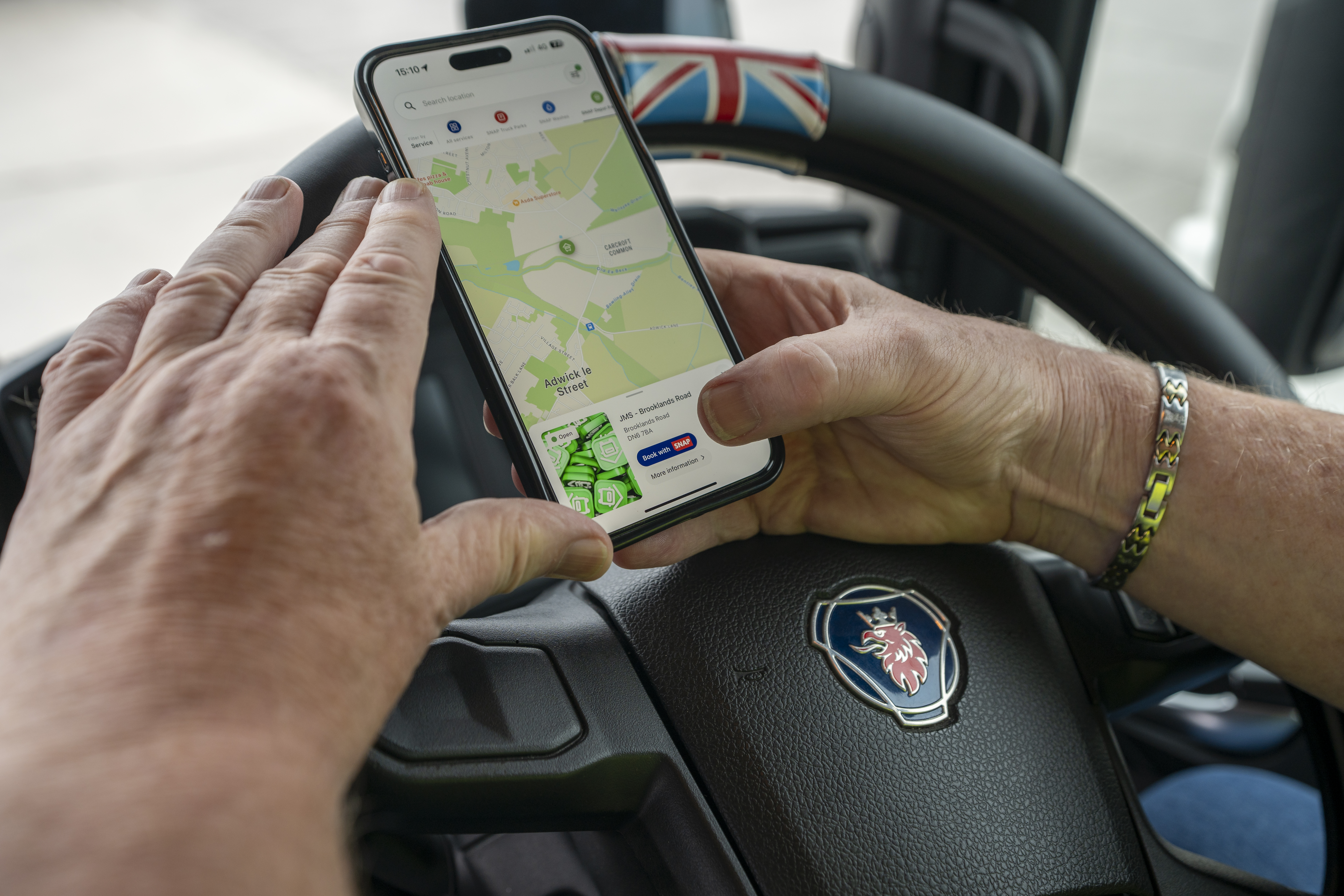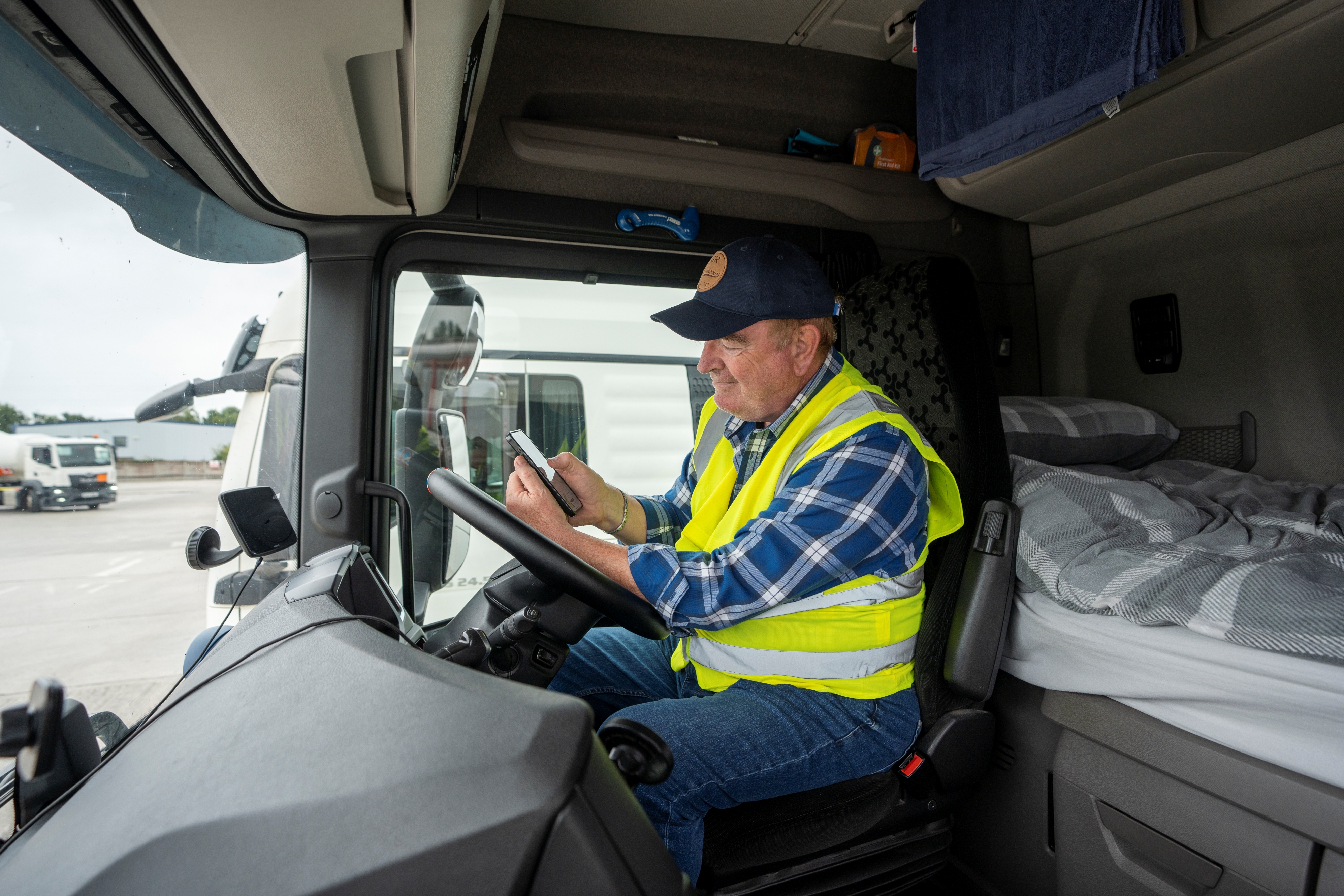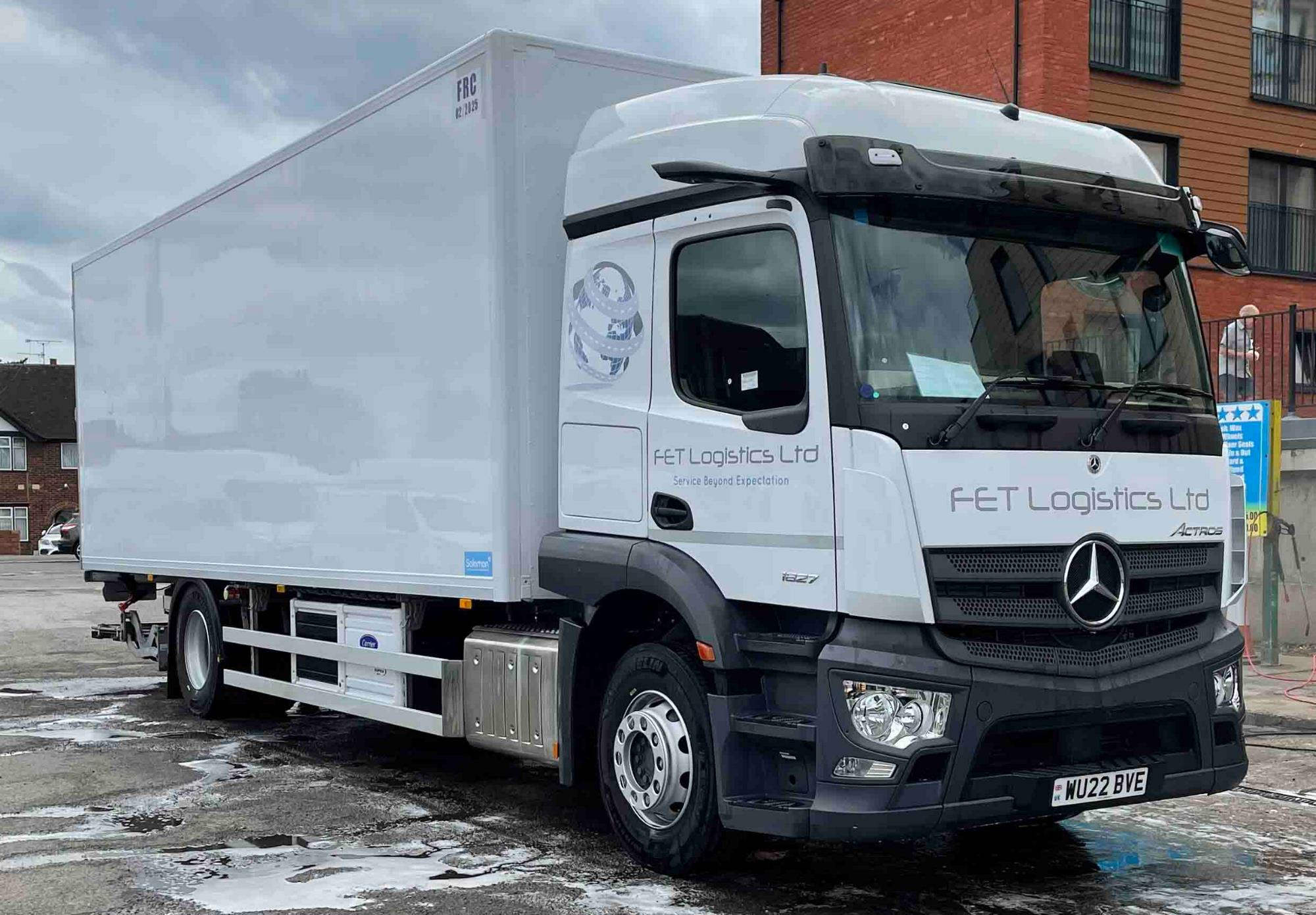
Miranda Blake
Optimizarea rutelor cu ajutorul software-ului de gestionare a flotei - SNAP Account
Creat: 18.11.2024
•
Actualizat: 18.11.2024
Optimizarea rutelor este extrem de importantă pentru operatorii de flote care caută eficiență și rentabilitate. SNAP Account oferă o abordare cuprinzătoare a optimizării rutelor, asigurându-se că atât șoferii, cât și managerii de flotă pot naviga cu ușurință prin complexitatea drumului. Să aprofundăm diferitele aspecte ale optimizării rutelor, subliniind beneficiile și impactul general al acesteia.
Înțelegerea optimizării rutelor
Optimizarea rutelor implică planificarea strategică a căilor de deplasare pentru a spori eficiența, a reduce costurile și a îmbunătăți furnizarea serviciilor. Obiectivul principal este de a determina cele mai bune rute pentru vehicule, luând în considerare factori precum distanța, tiparele de trafic și programele de livrare.
Importanța optimizării rutelor
- Reducerea costurilor: Prin minimizarea distanței și a timpului de deplasare, companiile pot reduce semnificativ cheltuielile cu combustibilul și uzura vehiculelor.
- Mai multă satisfacție a clienților: Livrările în timp util sporesc încrederea și satisfacția clienților, ceea ce duce la afaceri repetate.
- Creșterea productivității: O rutare eficientă le permite șoferilor să facă mai multe în mai puțin timp, sporind productivitatea generală.
Factori cheie în optimizarea rutelor
- Condițiile de trafic: Datele în timp real pot ajuta la ajustarea dinamică a rutelor.
- Capacitatea vehiculelor: Înțelegerea limitelor și capacităților fiecărui camion este esențială pentru o planificare eficientă.
- Vremele de livrare: Respectarea unor ore specifice este esențială pentru satisfacția clienților.
Optimizarea rutelor cu SNAP Account
[Software-ul nostru de gestionare a flotei] (https://snapacc.com/fleet-operators/), SNAP Account, este revoluționar. Conceput pentru a raționaliza diverse aspecte ale operațiunilor, inclusiv optimizarea rutelor, acesta conectează șoferii, operatorii de flote și furnizorii de servicii printr-o platformă integrată. Ca urmare, asigură o comunicare și o eficiență fără cusur.
Informații în timp real despre stațiile de camioane
Prin [intruck app] (https://intruckapp.com/) și [harta] noastră (https://snapacc.com/map/), oferim acces la o rețea de peste 600 de parteneri de servicii din întreaga Europă, inclusiv parcări pentru camioane, spălătorii și stații de alimentare. Astfel de informații pot ajuta operatorii de flote să planifice călătorii mai eficiente prin identificarea locurilor de oprire convenabile.

Capacități de rezervare prealabilă
Platforma permite utilizatorilor să rezerve spații în peste 160 de locuri de parcare pentru depozite, ceea ce îi poate ajuta să evite pierderile de timp și, eventual, să își optimizeze rutele pentru a include opririle rezervate în prealabil.
Rețea cuprinzătoare de servicii
Cu ajutorul contului SNAP, șoferii pot accesa diverse servicii, cum ar fi parcarea, spălarea și realimentarea în numeroase locații din întreaga Europă. Această rețea extinsă poate contribui la o planificare mai flexibilă și mai eficientă a rutelor.
Management digital
Portalul nostru permite operatorilor de flote să gestioneze mai multe servicii pentru camioane pentru toate vehiculele lor într-un singur cont.
Sunteți interesat de modul în care SNAP Account îmbunătățește gestionarea flotei în practică? Descoperiți ce am făcut pentru Delintra SP. Z.O.O.
Rolul gestionării combustibilului
Gestionarea eficientă a combustibilului este parte integrantă a optimizării rutelor. SNAP Account încorporează instrumente care ajută flotele să monitorizeze și să controleze consumul de combustibil.
Card de combustibil alternativ
O alternativă la cardurile de combustibil tradiționale, SNAP Fuel permite gestionarea fără probleme a combustibilului.
- Transparența costurilor: Operatorii de flotă pot accesa rapoarte detaliate privind cheltuielile, ajutându-i să identifice tendințele și domeniile care necesită îmbunătățiri.
- Desconturi: Prin parteneriatul cu Certas Energy, putem oferi utilizatorilor contului SNAP reduceri la tarifele de combustibil, reducând și mai mult costurile operaționale.
Îmbunătățirea experienței șoferului
Un traseu bine optimizat nu avantajează doar operatorul flotei, ci îmbunătățește și experiența generală a șoferilor.
Procese de plată simplificate
Platforma simplifică aceste procese pentru șoferi, eliminând nevoia de numerar sau carduri de combustibil.
- Plăți instantanee: Aceștia pot plăti pentru servicii folosind numerele de înmatriculare ale vehiculelor lor, simplificând tranzacțiile.
- Reducerea birocrației: Toate cheltuielile sunt consolidate într-o singură factură, reducând astfel sarcinile administrative.
Pe măsură ce industria continuă să evolueze, adoptarea progreselor tehnologice va fi esențială pentru a rămâne competitivă. Operatorii de flote care doresc să își optimizeze rutele și să își îmbunătățească eficiența generală ar trebui să ia în considerare adoptarea SNAP Account ca soluție principală de gestionare a flotei. Aceasta nu numai că îmbunătățește performanța operațională, dar contribuie și la un viitor mai durabil pentru industria transporturilor.
Dacă doriți să culegeți roadele pentru propriile dvs. operațiuni, contactați-ne la numărul de telefon +44 (0)1603 777242.



